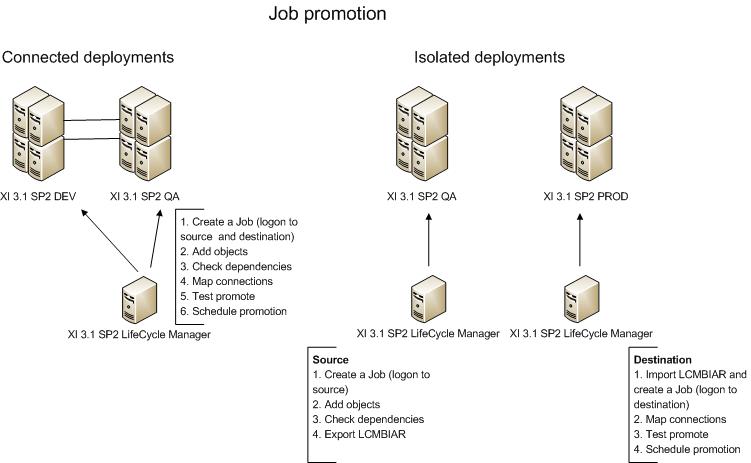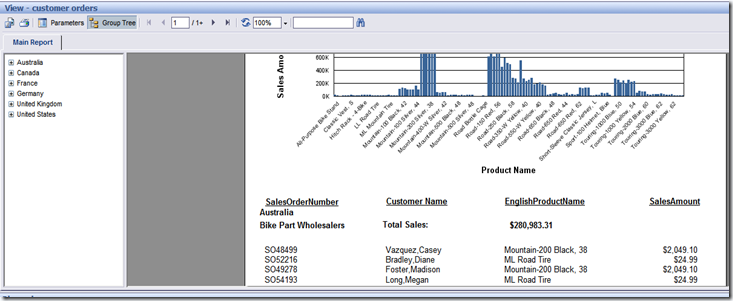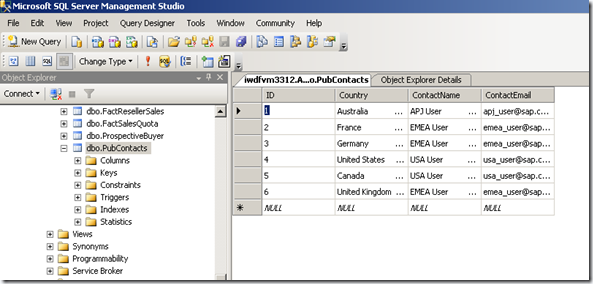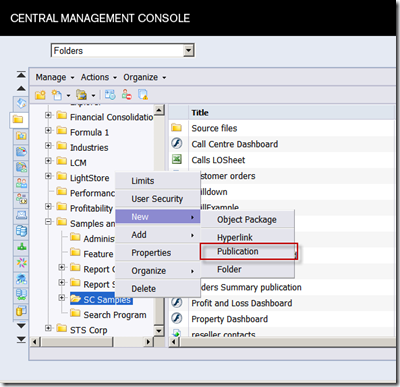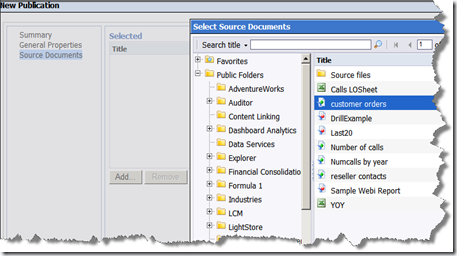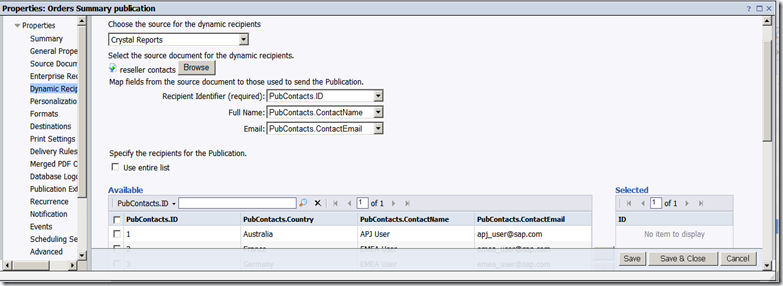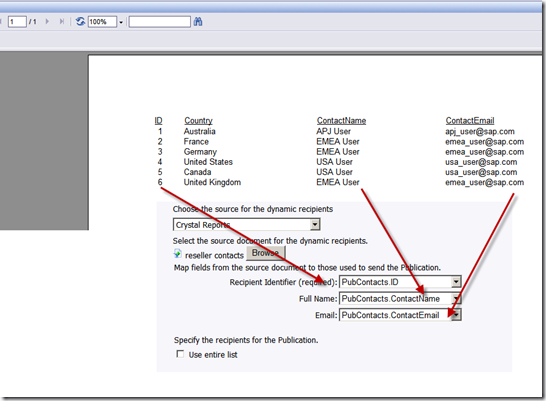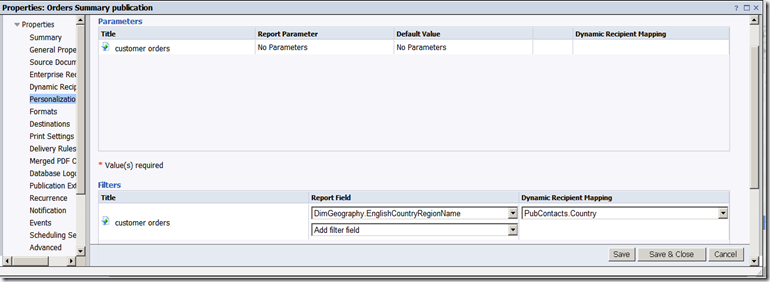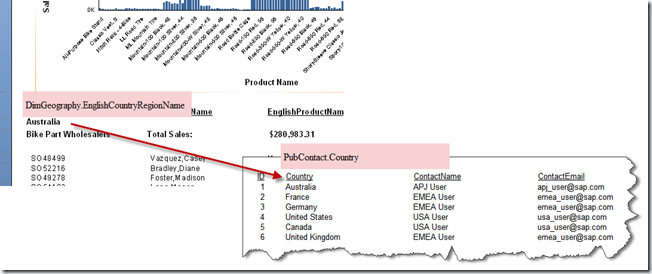One of the cool new features in BOE XI 3.1 is the new lifecycle manager (LCM) module. Migrating reports and other objects from development to production has been a challenge in all of my previous implementations and I am happy that BusinessObjects provides some out of the box functionality to make this process really simple. When using LCM for migration you create jobs. Once a job is created it can be used several times to promote content from one deployment to another.
Please note that LCM is a separate installation and requires the following Services:
- Central Management Server: LCM job itself is an object which is saved in CMC.
- Adaptive Processing Server: The LCM job server is added to the Adaptive processing server
- Web Application Server: LCM is a web application
- Input FRS : This is a server you need available after installing, as jobs that you create in LCM are saved in the Input FRS and CMS repository.
Administrative Settings
Access to the LCM application is set by managing the security for the application in CMC as shown below.
Also before creating new jobs you need to add the source and target BOE systems in the LCM application using the administration options shown below.
Creating the LCM Job
To migrate objects, you have to first have to specify which content you want to promote. This is done in LCM tool with 3 main steps:
1. Create a Job: A job is collection of objects that can be moved from one BOE environment to another.
When you create a new job you must logon to the source system and an Input FRS should be running and enabled as the Job is saved as an Object in the CMS database and as a file in the Input FRS.
In the example above I am migrating objects from my BOE environment as the source to a BIAR file.
2. Add Objects: Add the required objects from the CMS repository that should be migrated. In this example I am migrating all the reports related to the sales and finance department.
3. Add the dependent objects : Objects such as universes, connections, images and other dependencies on which the primary objects depend on also have to be added to the job. LCM will automatically compute the dependents when you click on Manage Dependencies.
And now all the objects and their dependents are selected in the job as shown below.
Now my job is ready for the next step which is promotion. You can promote content when deployments are connected and also when they are isolated. When deployments are connected you can directly migrate to the destination. When they are isolated you use a LCMBIAR file to transport the content.
Promoting to target
But before promoting you need to set a bunch of options.
1. Map Connections: You need to map all the universe, QWAAS URL and Crystal report database connection mappings to the target.
2. Schedule: To set how often the job should run.
3. Security: You can specify to promote the security of the objects in the job as a best practice only promote security when changes have been made, typically with a significant revision of the application.
4. Test: As the last step you can test what would happen when promoting the job, without committing the objects to destination
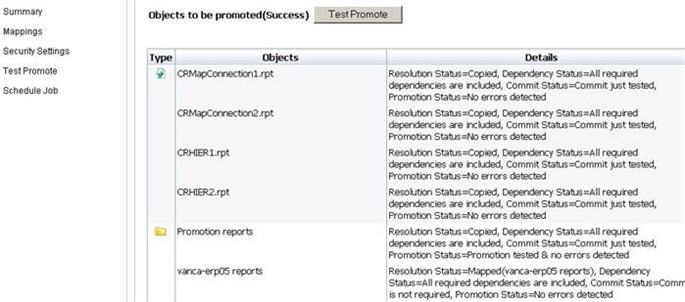
To promote a job you can schedule it or you can run it manually. The figure below shows the 2 scenarios of connected and isolated environments.
